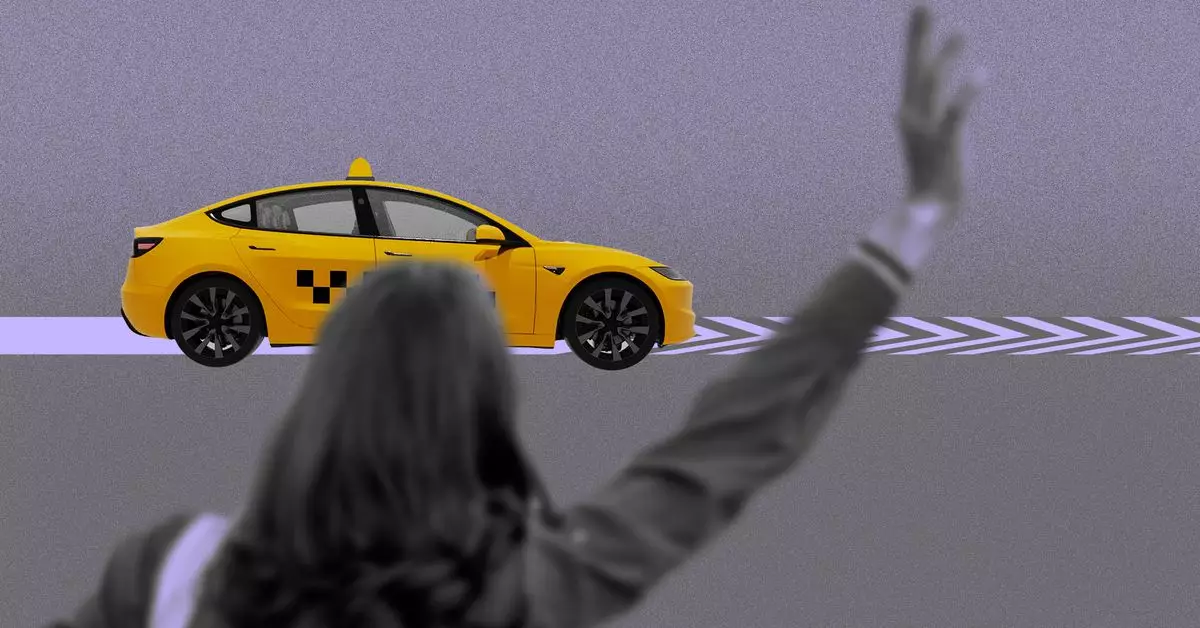Tesla’s upcoming event, humorously titled “We, Robot,” is set against the backdrop of Warner Bros. studios in Burbank, California, and promises to be a pivotal moment in the evolution of transportation. Elon Musk, Tesla’s CEO, is expected to unveil the company’s inaugural fully driverless vehicle—an announcement that carries significant weight amid years of ambitious predictions. Musk’s previous assertions that a fully autonomous vehicle would be “just two years away” are now under scrutiny, and the upcoming gathering could either solidify his claims or further dampen expectations.
The pressure is notably intensified not only by Tesla’s history of ambitious timelines but also by the growing competition from other tech giants and startups in the autonomous vehicle domain, such as Waymo and Cruise. These companies have also been making strides in the robotaxi segment, and Musk’s presentation is seen as a crucial litmus test for Tesla’s self-driving technology. Investors and fans alike will be watching closely to gauge whether Tesla can meet the rising standards set by its competitors and fulfill the potential of its own technological advancements.
In addition to the unveiling of the driverless vehicle, Musk is set to elaborate on the Tesla Network—an autonomous ride-hailing service aiming to create a platform for Tesla’s self-driving capabilities. This initiative could dramatically shift the paradigm of urban transportation. The concept of a network where Tesla cars autonomously pick up and drop off passengers could redefine convenience in travel, potentially leading to a new era of on-demand mobility. However, the feasibility and effectiveness of this model will hinge on the successful deployment of Tesla’s self-driving technology.
Apart from the driverless vehicle and the Tesla Network, the event is expected to touch on updates surrounding Tesla’s humanoid robot, aptly titled Optimus. This dual focus on robotics signifies the company’s exploration of not just autonomous driving, but also the broader implications of robotics in daily life. Additionally, there are whispers of a surprise vehicle—possibly a more affordable model or a van aimed at competing in the rapidly evolving Chinese electric vehicle market. Such a strategy could allow Tesla to broaden its customer base and stay relevant amid fierce competition.
As the clock ticks down to the “We, Robot” event, anticipation builds over whether Musk can finally deliver on his longstanding promises regarding self-driving technology. The implications of this reveal stretch far beyond just Tesla; they hold potential consequences for the entire transportation landscape. If Musk succeeds in showcasing a truly operational driverless vehicle and a robust ride-hailing plan, it could herald a transformative shift in our mobility ecosystem. However, failure to meet these expectations might lead to further skepticism about Tesla’s self-driving ambitions and Musk’s credibility as a tech visionary.

